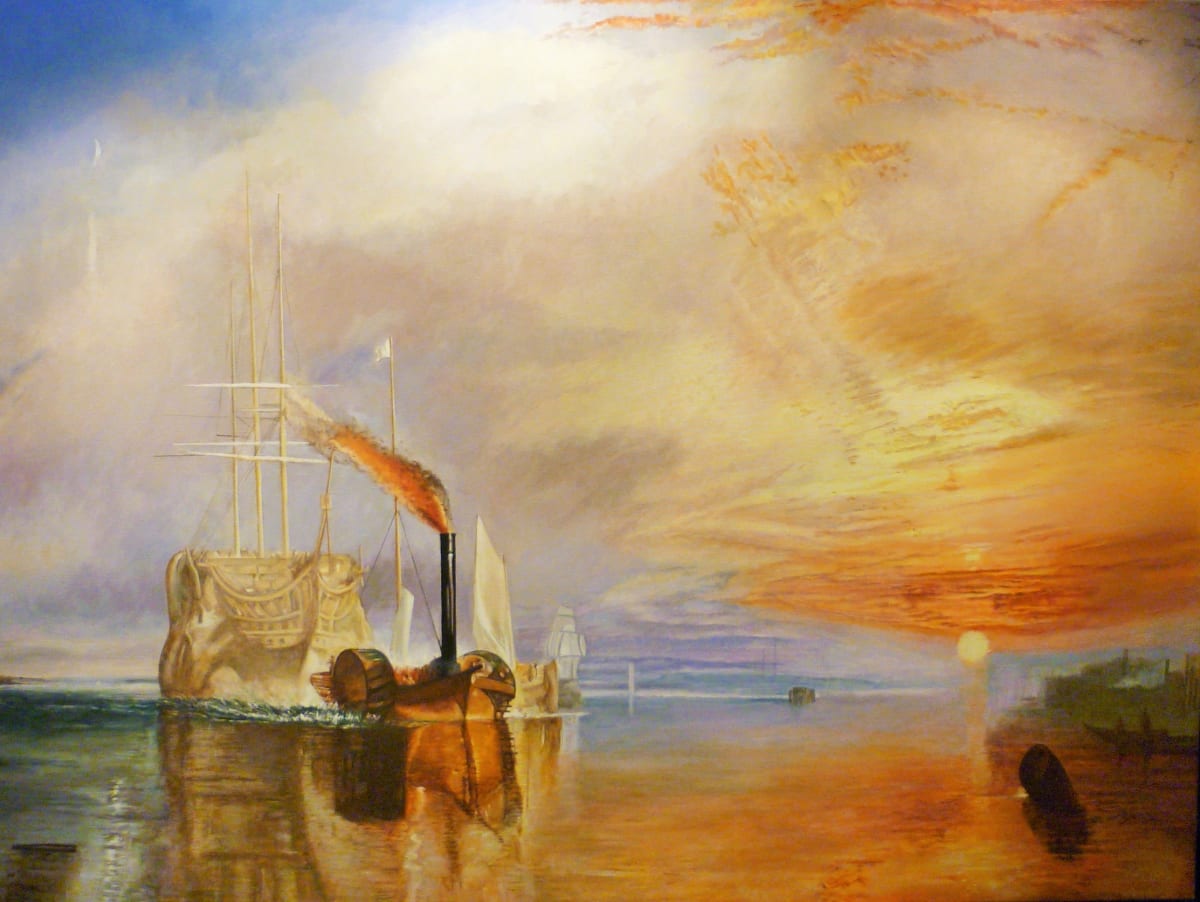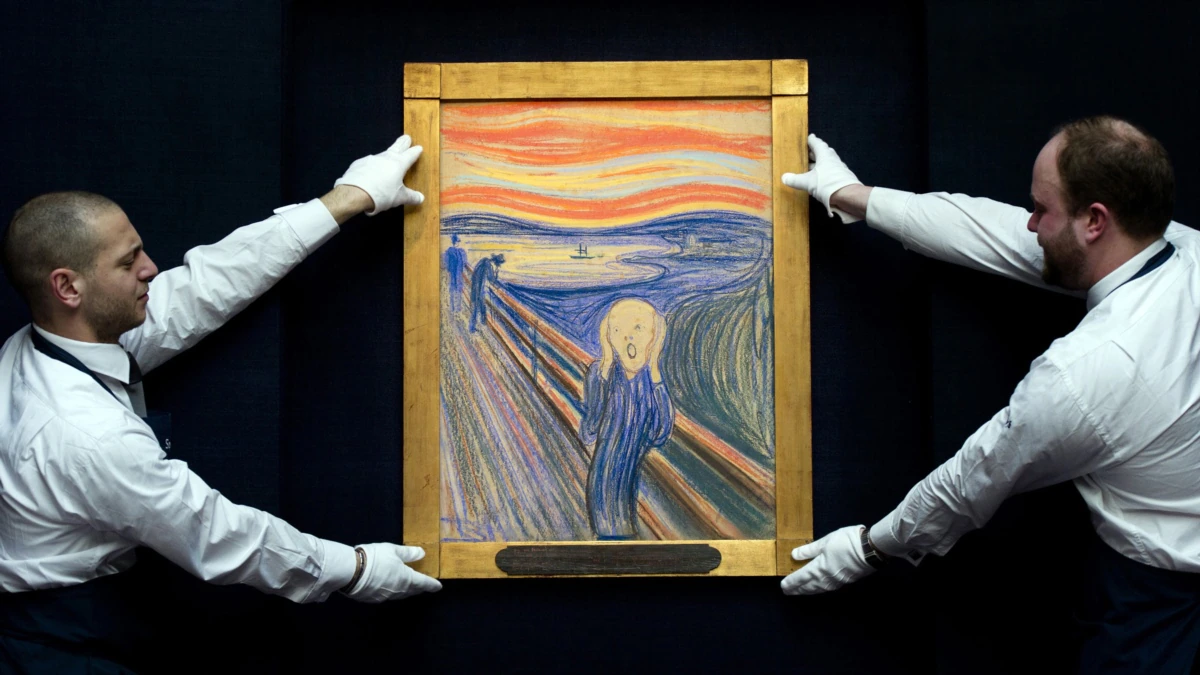You might have heard stories about people being fooled by paintings or replicas. While you can’t always be sure if a painting is real or fake, there are some clues you can look for to help separate the two. The key is understanding how paintings are made and spotting authentic techniques in fake works of art.
If you’re buying a painting, it’s important to know whether you’re getting a real deal or not. That way, you can make an informed decision about which artists to trust and which dealers you should avoid entirely.

What Makes a Painting Fake?
Real paintings are carefully crafted and composed entirely of real materials. Colours are chosen based on actual pigments, and they’re applied in correct ratios to create the final work of art.
This process is both time-consuming and labour-intensive, making it one of the rarest and most expensive ways to create art. Reproductions and replicas, on the other hand, are created by using 3D printing, photography, digital manipulation, or other non-painting techniques.
Know the Differences Between Real Paintings
Before we dive into the details of how to tell if a painting is real or fake, we should first discuss the difference between a painting and a painting as an object. A painting is a two-dimensional representation of an object. It can be made in any media, but paintings are typically created by using oil, acrylic, watercolour, or other pigmented materials.
A painting as an object, on the other hand, is a piece of art that’s made up entirely of paint. Paintings as objects can be made in a variety of materials, including wood, ceramic, or canvas. Paintings as objects often serve a decorative or symbolic purpose, whereas paintings are generally created to communicate an image or concept.
How to Spot a Reproduction in an Oil Painting
Oil painting reproductions are generally recognized as such at a glance. They’ll often be printed on canvas or paper, not on a real piece of oil-based paint. Their colours will also be faded, not crisp and vibrant like a real painting would be. If you spot an oil painting that looks like a real painting but isn’t painted on real-looking canvas or paper, you’ve probably stumbled upon a replica.
These paintings are often cheap and sold online. They’re also fairly easy to spot because they look tacky and fake. Don’t be fooled by the low price tag, though. A high number of these paintings are made with stolen or stolen-equivalent art techniques.
Knowing How Watercolor and Other Media Are Made
Watercolour paintings are created through the application of pigments to water-based paper. The paper is then soaked in water and then squeezed to create a paste, which is then applied to a painting surface. When it dries, the pigment layer acts as a paint coat and prevents the paper from being reused.
Watercolour paintings are generally considered less valuable than oil paintings since they’re made using a diluted form of pigments that can fade over time.
Why Is It So Hard to Tell if a Print is Real or Fake?
As we mentioned earlier, oil paintings are one of the rarest and most expensive ways to create art. Their creation is also highly technical, requiring a significant amount of training and experience. All of this makes it nearly impossible for a beginner to create a real oil painting that looks like a fake.
Even the most acclaimed painters have failed to create a painting that looks exactly like a certain original. This is why they call it “a copy;” it’s not an exact representation of the original work of art. And even if you were to try to create an oil painting that looks exactly like a given original, you wouldn’t be able to. Every painting is created uniquely thanks to the artist’s creative input and skill level. It’s nearly impossible to replicate a painting with a different style, subject matter, or technique.
Conclusion
Fake paintings are at best tacky and cheap imitations of genuine works of art. They’re created using stolen or stolen-equivalent art techniques, so there’s no real value to them whatsoever. On the other hand, a legitimate painting is created with actual materials and is unique in every way.
You can tell the difference between a fake and a real painting with ease if you know what to look for. Now that you know the signs to look for, you can quickly spot a fake painting and avoid spending money on low-quality art.




